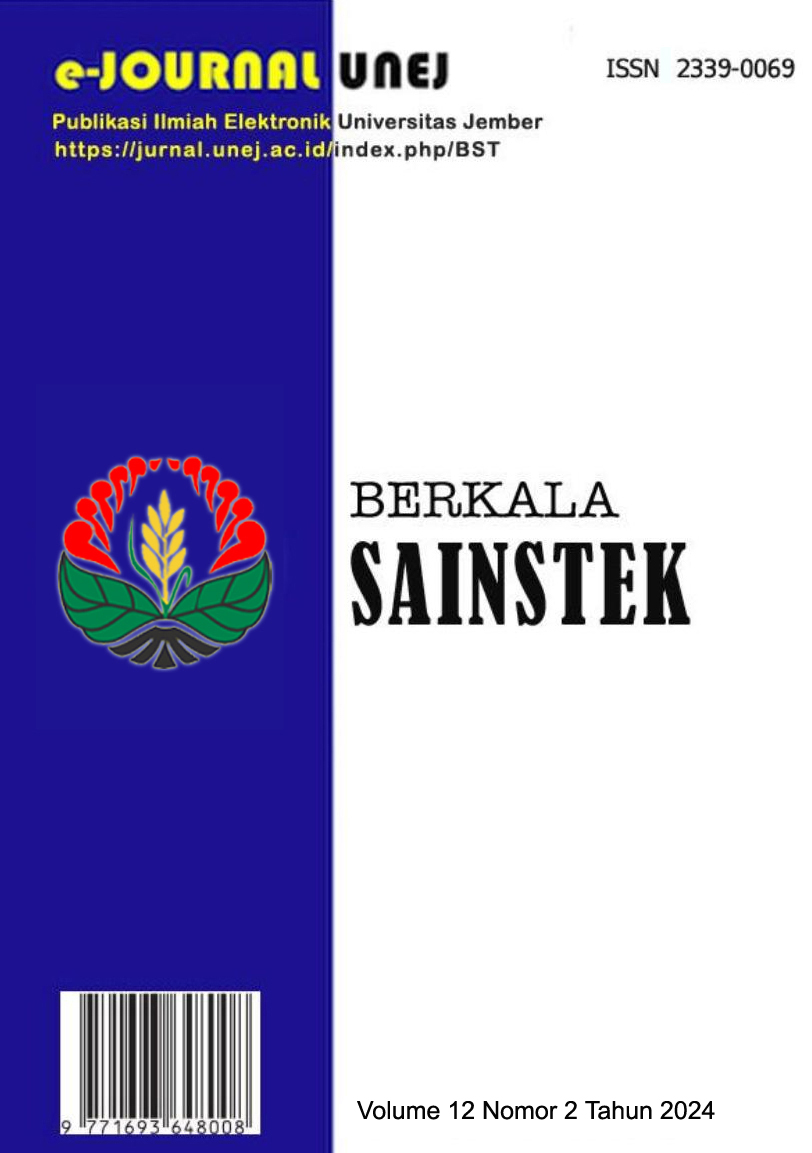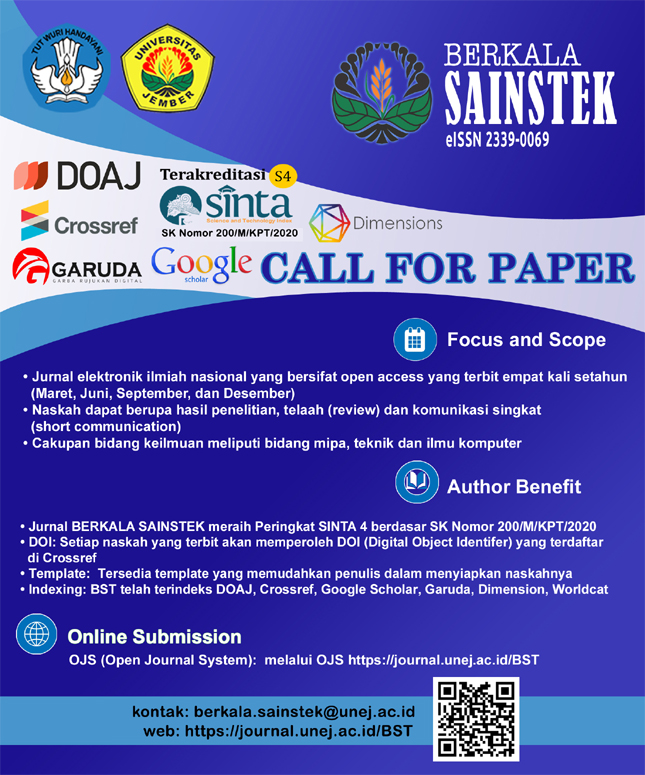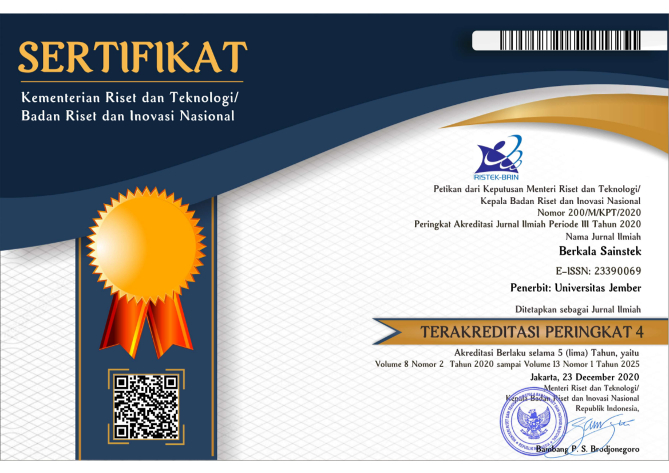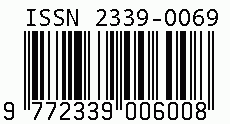Analysis of Nanobubbles (NBs) Technology and Foliar Fertilization on the Growth of Phalaenopsis sp. Orchid
DOI:
https://doi.org/10.19184/bst.v12i2.39809Keywords:
Phalaenopsis sp., Nanobubbles (NBsO2, NBsH2, NBsCO2, NBsN2, and NBsO3), Foliar fertilizer, GrowthAbstract
Plants need nutrients which are then provided through fertilizers, but this can cause long-term problems due to limited absorption by plants so recently implemented NBs technology that can help reduce environmental pollution. This study aimed to determine the effect of NBsO2, NBsH2, NBsCO2, NBsN2 and, NBsO3 on the growth of Phalaenopsis sp. orchid plants. The research method was a complete randomized design (RAL) with 7 treatments (control without application of fertilizer and NBs, foliar fertilizer, NBsO2, NBsH2, NBsCO2, NBsN2, NBsO3) and 4 repeats. NBs were made using a nanogenerator with a flow of 5 liters/ minute and induced for 15 minutes. The data analysis used is the Multivariate Analysis of Variance (MANNOVA) test. The control and NBs treatments were given by dropping 5 ml on each orchid plant. The results showed that leaf length, number of leaves, plant weight and number of plant roots NBsN2 treatment had the best effect, while on root length, NBs O2 treatment had a better effect than other treatments. The application of foliar fertilizer is less effective to meet plant growth needs. At the same time, NBs are more effective because they are very small making it easier for plants to absorb.






